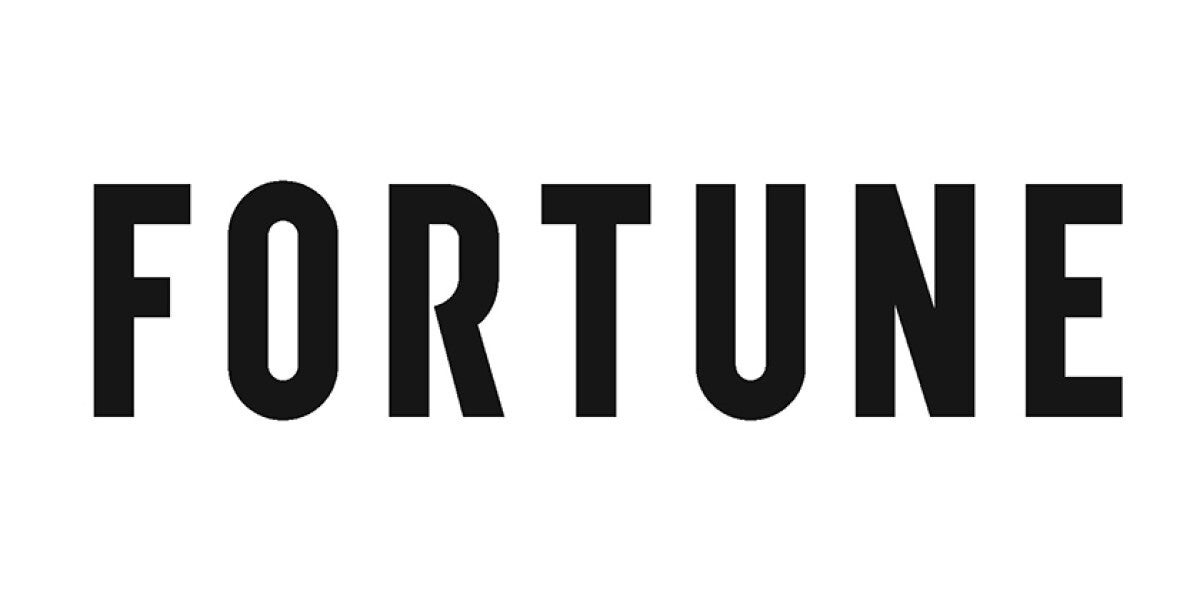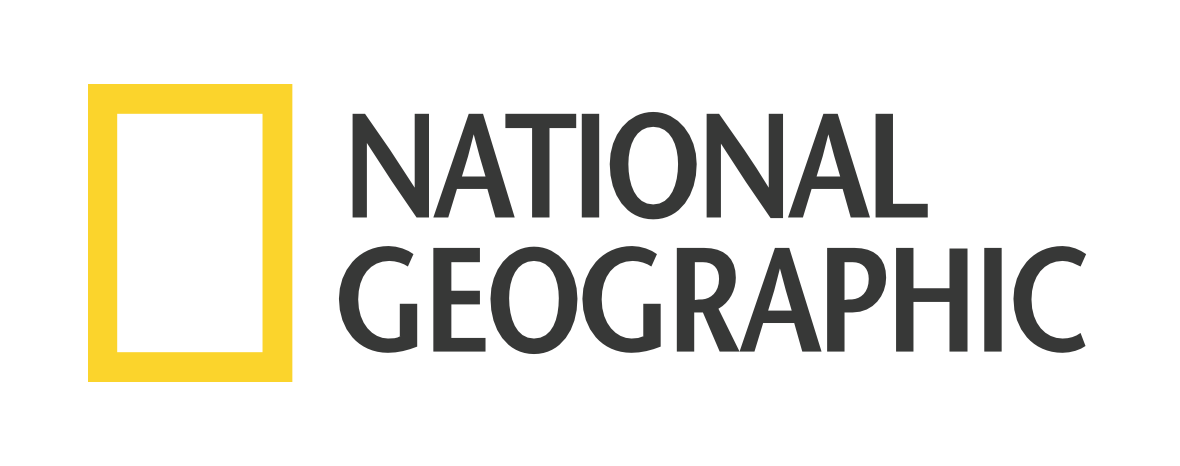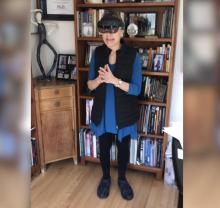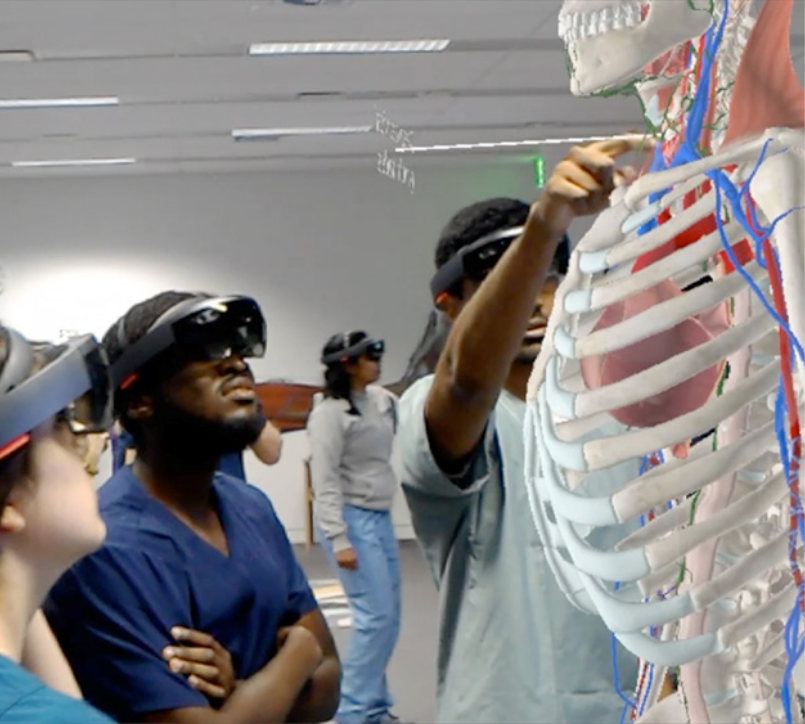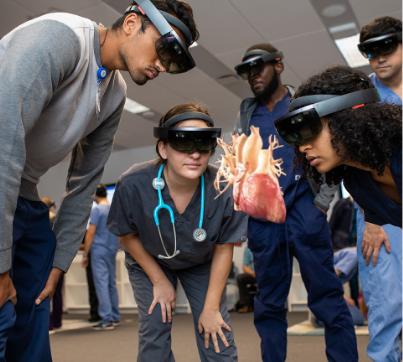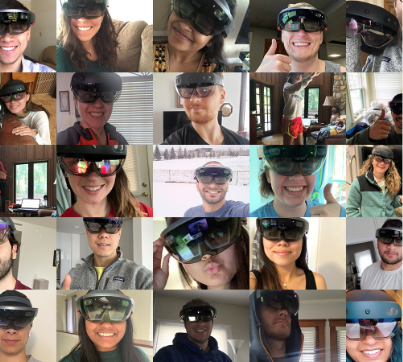
The HoloAnatomy® Software Suite*—created by Case Western Reserve University's Interactive Commons—was born from CWRU and Cleveland Clinic's vision for a groundbreaking Health Education Campus. Today, AlensiaXR is bringing this transformative platform to learners around the globe.
*Patent pending
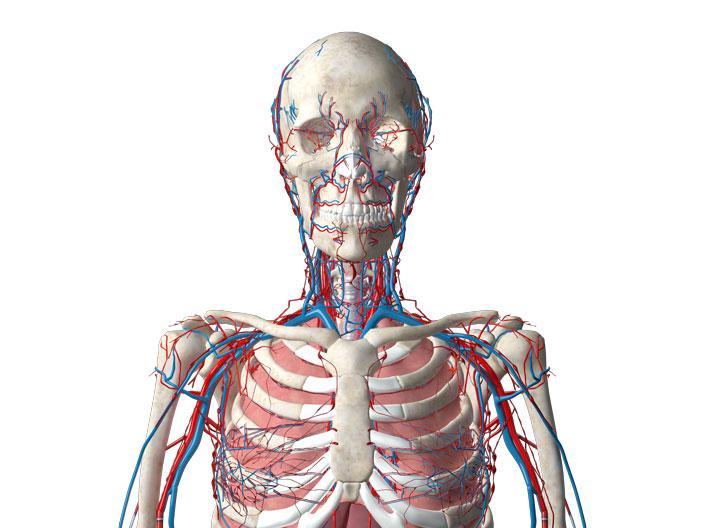
Teach human anatomy without a cadaver utilizing our innovative 3D mixed-reality software.
Visualize anatomical structures, systems and even the "difficult to see" anatomy such as the diaphragm, nervous and circulatory systems.
Engage learners to move, collaborate and interact with one another. Students can freely pan in and out of the holograms, and interact with the anatomy more naturally.
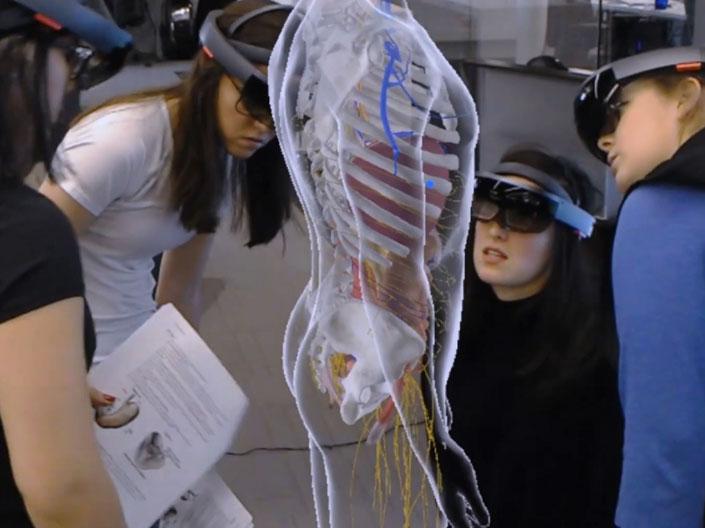
Enables in-class and remote learning. Students can learn anatomy anywhere in the world.
On-demand access to 3D anatomy.
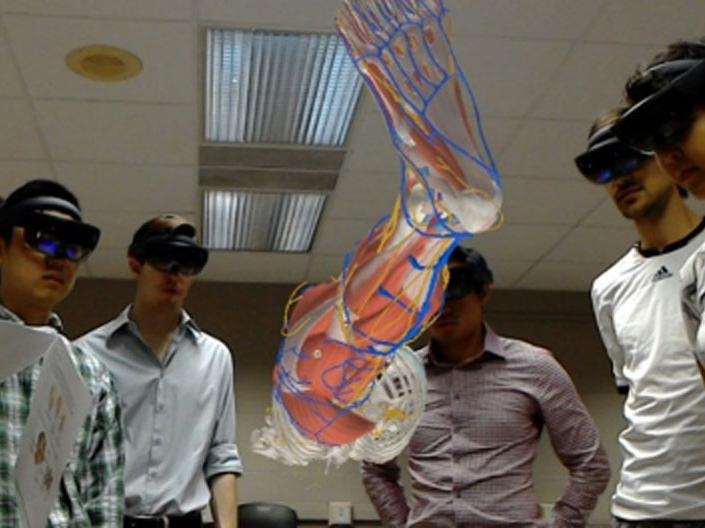
Extensively validated and tested.
Educational outcomes documented in peer-reviewed publications.
- Effective: equivalent student learning outcomes
- Efficient: Students learn up to twice as fast using HoloAnatomy® Software compared to traditional dissection
- Retention: students retain information longer
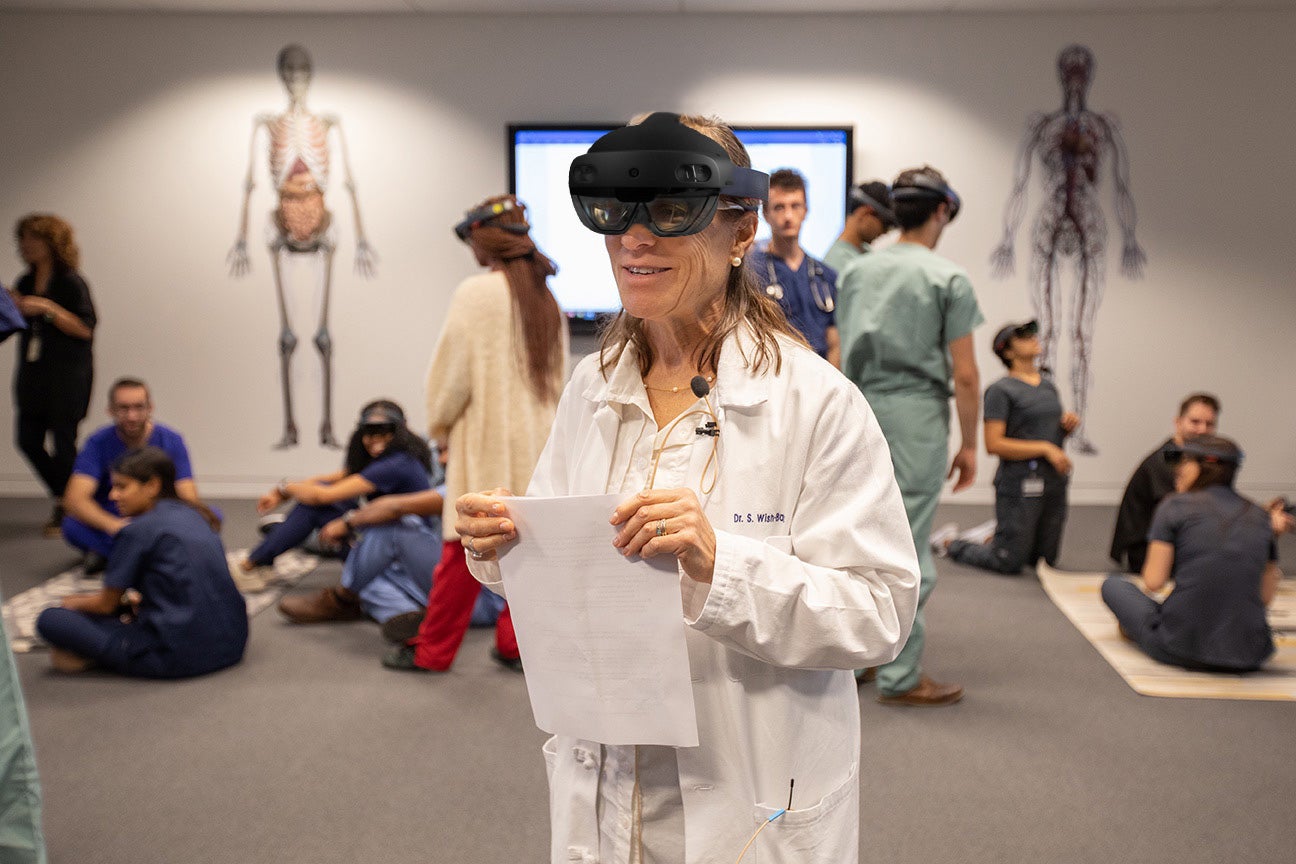
Students learn up to twice as fast using HoloAntomy® Software compared to traditional dissection.


